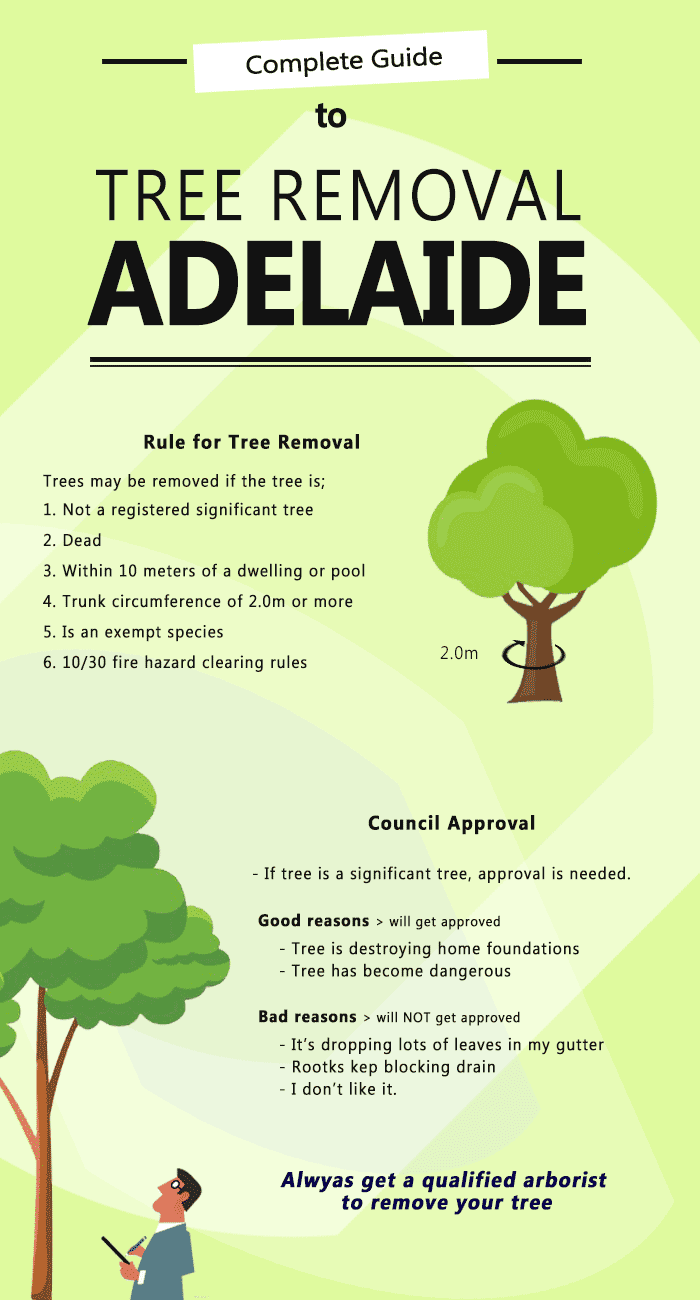Tree Care Throughout The Seasons: Best Practices For Handling Trees Before And Complying With Removal
Tree Care Throughout The Seasons: Best Practices For Handling Trees Before And Complying With Removal
Blog Article
Content Author-
When it involves seasonal tree care, ensuring correct management before and after removal can considerably influence the wellness and looks of your landscape. By understanding the necessary steps associated with evaluating tree wellness and preparing for removal, you can proactively secure your residential property. But what about the critical practices to follow when the tree is gone? Remain tuned to discover the essential post-removal care steps that will help you cultivate a successful and sustainable atmosphere for your trees.
Pre-Removal Tree Care
Prior to attending to the removal of a tree, it's important to focus on pre-removal tree care. Beginning by evaluating the tree's health and wellness and architectural integrity. Look for signs of illness, bug problems, or any structural problems that may pose a safety and security risk during removal. It's vital to seek advice from a qualified arborist to determine the very best course of action.
Pruning dead or infected branches can avoid further damage to the tree and make sure a smoother elimination process.
In addition, think about the environmental influence of getting rid of the tree. tress work play an important role in our ecosystem, so planting a brand-new tree in an appropriate location can help balance out any loss. Guarantee that you have the essential authorizations and authorizations for tree removal, especially if the tree is protected by regional laws.
Seasonal Maintenance Tips
Evaluating your tree's needs throughout the year is imperative for its health and long life. To maintain your trees in leading condition, follow these seasonal maintenance ideas.
In springtime, concentrate on pruning to eliminate dead or broken branches and motivate brand-new growth.
Summer asks for normal watering, specifically throughout dry spells, to ensure your tree stays hydrated.
As loss approaches, keep an eye out for early indications of condition or tension, and consider applying mulch to secure the roots during winter months.
In winter, beware when removing snow from branches to avoid damage, and continue to monitor your tree's overall wellness.
Keep in mind to adjust your treatment routine based upon the details requirements of your tree varieties and regional environment. By staying mindful and aggressive throughout the seasons, you can help your trees thrive and grow for many years ahead.
Post-Removal Tree Care
To make certain the health of your landscape even after tree removal, proper post-removal care is essential. After best arborist chainsaw is gotten rid of, it's vital to fill the remaining opening with topsoil and small it to avoid settling. This will certainly aid maintain the integrity of the ground and prevent prospective hazards in the future.
Think about planting new plant life instead of the gotten rid of tree to restore the equilibrium and appearances of your landscape. Regularly water the area to advertise the development of new plants and prevent soil erosion.
Inspect the bordering trees for any kind of indicators of illness or anxiety that might have been brought on by the eliminated tree. Watch out for gardening services auckland that may've been attracted to the previous tree and take safety nets to secure the continuing to be vegetation.
If necessary, talk to a professional arborist to evaluate the impact of the removal on the surrounding trees and establish any added care needed. By complying with these post-removal treatment actions, you can make certain the continued wellness and elegance of your landscape.
Verdict
To conclude, aggressive seasonal tree care is vital for maintaining the health and equilibrium of your landscape. By examining tree health and wellness, trimming, and consulting with an arborist before elimination, you can make sure a safe procedure. After elimination, filling the hole, planting new vegetation, and normal watering will promote brand-new growth and stop disintegration. Bear in mind to examine surrounding trees for condition and look for more care actions from an arborist to maintain your landscape growing.
